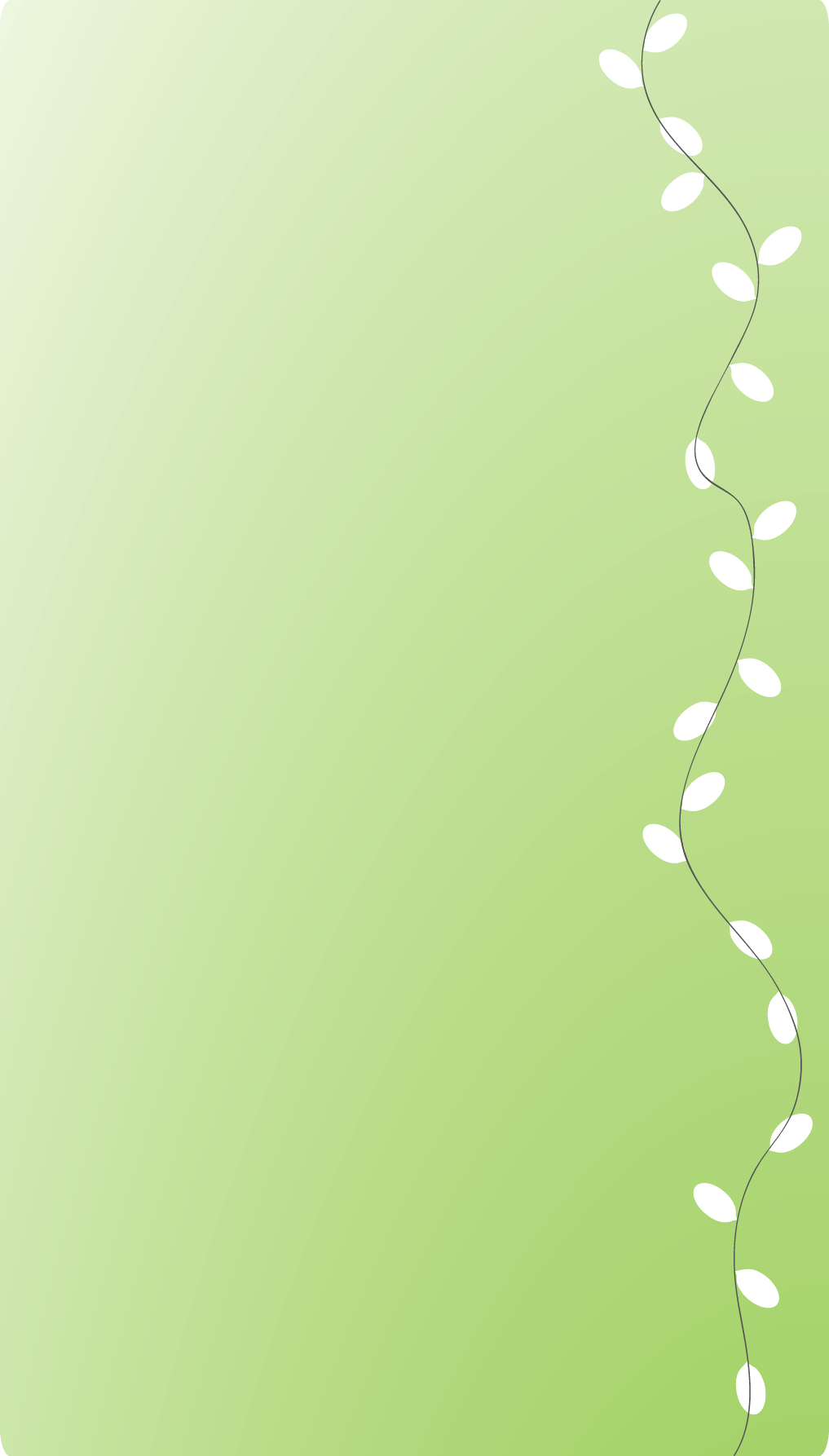We use a wide range of different techniques in our attempts to understand language development. One of our favorite methods, which we use in examining language from about 14 months up through to adults, is called "language-guided looking". The idea is simple: we show children pictures on a large screen, and we talk about the pictures. Like adults, children (even one-year-olds) have a natural tendency to look at the pictures we're talking about, provided that they know the word. So, if we show a dog and a car on the screen, and say "Where's the dog?", children generally look over at the dog. We can see this happening because we videotape children's faces as they watch the pictures.
As children get older and become more sophisticated language users, they respond faster and more accurately in their looking at pictures, just as they get more and more verbal.
In some studies, we are trying to find out what children know about the "sounds" of words. For example, among children who do not say the word "dog" yet, do they know that it has to start with a "d" sound and end with a "g" sound? In fact, they do! We can find this out by testing whether children look at the dog more when we say the word correctly ("dog!") than when we try saying it wrong ("tog!" or "dawk!"). Children from 14 months old on up look at the named picture more when we say it right than when we sneak in a little mispronunciation. That means that they must know how the word is supposed to sound.
In other studies we are looking at the process of word learning, trying to understand how it is that children are so good at learning many words. For example, we did a study looking at how many repetitions of a word children need in order to learn it very well (at 18 months, it was around 15 or 20 times, though this number depends on several features of the teaching situation).
Our work also concerns the specifics of parental speech to infants and young children. We are especially interested in how children learn the sounds of their language. For example, English learners have to tell apart the sounds in the words "bet" and "bat". Children learning many other languages, like Dutch or Spanish, don't need to learn both of these sounds - Dutch has only the first one, and Spanish has neither! Studies show that even in the first year, babies find it harder and harder to tell apart similar sounds that their language doesn't use, and get better at distinguishing sounds their language does use. How do they do it?
To find out, we are making detailed measurements of previously audio-recorded play sessions between parents and infants. These measurements help us see when it is that the speech signal is particularly clear and when it isn't. In many cases the speech sounds we produce when we talk, even to infants, are not easy to distinguish from one another. This makes it all the more amazing that infants can learn to understand speech as readily as they do.
We are also doing studies of grownups (often Penn students) to see if the kinds of learning skills that infants use to acquire language have similarities with how adults learn new information. In many of these studies adults serve as a kind of "model" of the language learning child.
To download scientific reports of our work on these topics, please visit Dr. Swingley's web page here:






